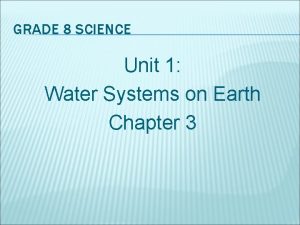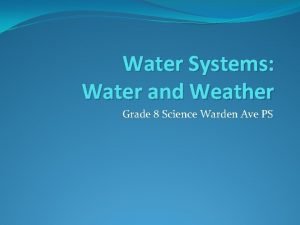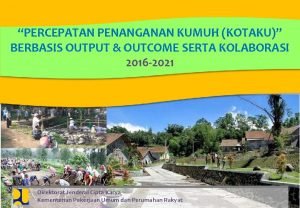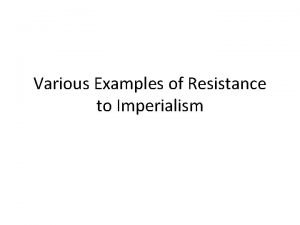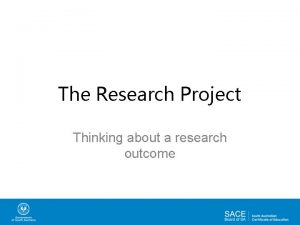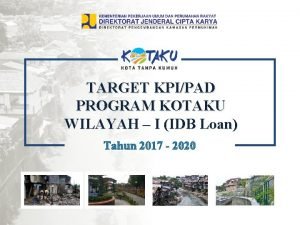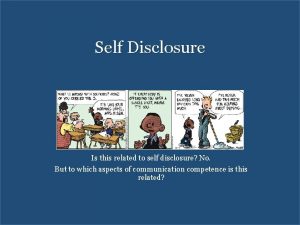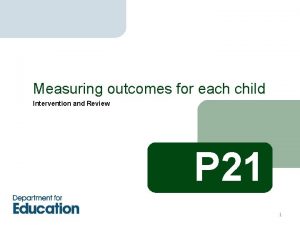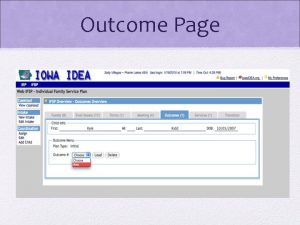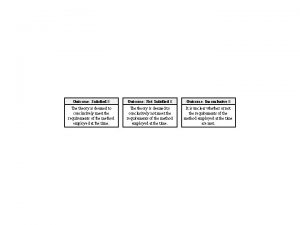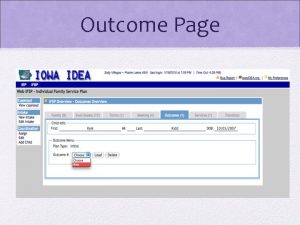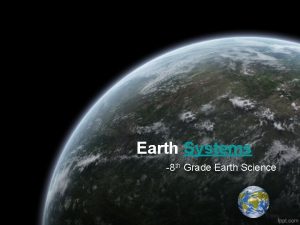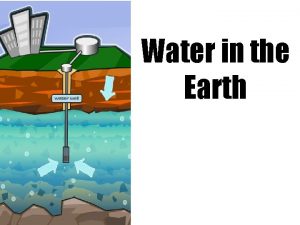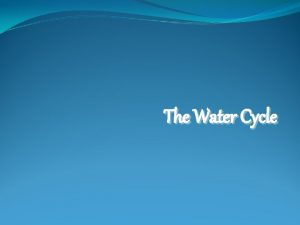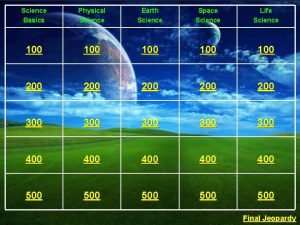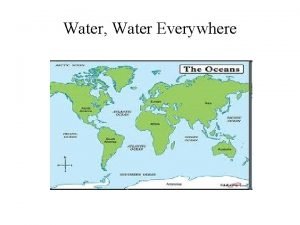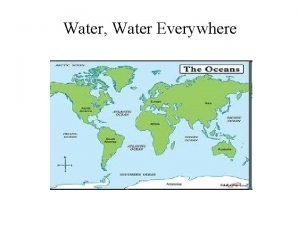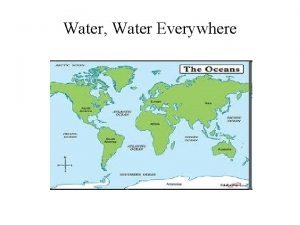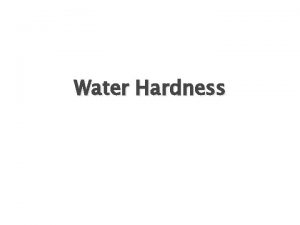Earth Science Water systems on Earth Outcome D

















- Slides: 17

Earth Science: Water systems on Earth Outcome D 3 - Describe factors that affect productivity and species distribution in aquatic environments

Life in water – There cannot be life without water. All life requires water! – Plants and animals can live in either freshwater, or saltwater environments

Freshwater environments – Freshwater can come from underground water ways, rain, or melting glaciers – Freshwater environments are usually found as lakes, rivers, and streams

Freshwater Environments Life in lakes and ponds – Near the shore, where the water is shallow, lots of nutrients are available for plants and animals – Insects, plants with roots, and small fish are abundant (lots of it) in this area

Freshwater Environments – Floating around on the surface is a small organism called plankton – There are two types of plankton 1. Phytoplankton – plants that produce nutrients through photosynthesis 2. Zooplankton – tiny little animals that eat other plankton

Freshwater Environments – These two types of plankton provide food for different insects and fish – Lakes and ponds are very beneficial to the environment as they provide a home for insects, plants, and animals – They also allow certain plants to grow which help clean the water and make it safe for other things to live in

Freshwater Environments Wetlands – Plants (vegetation) that are in the wetlands help filter and clean water by removing pollutants (chemicals that cause pollution) – Provides a nice area for fish to reproduce – The plants along the shore keeps it stable and prevents erosion (stops the soil from being carried away by water)

Freshwater Environments Rivers and streams – Animals that live in streams depend on the temperature, the speed of the flowing water, and the amount of sediment (rocks, sand, small particles) in the water – The amount of sediment in the water affects the water’s turbidity

Freshwater Environments – Turbidity – is used to describe how much light can pass through water. The amount of light that can pass through water depends on how much material is floating in it – If the water has high turbidity, then that means there is a lot of particles mixed into it, and very little light can pass through

Freshwater Environments – If a river or lake is too turbid, then it makes it very difficult for sunlight to pass through. The water becomes “opaque” instead of transparent or translucent – Because very little sunlight can pass through the turbid water; that means plants will not have enough light to go through photosynthesis and will die

Saltwater Environments – The ocean is divided into two environments: 1. Pelagic Zone 2. Benthic Zone

Saltwater Environments Pelagic zone: – This is the open water zone, where there is plenty of food and the sunlight warms the water and allows for photosynthesis by algae and plankton – Up to 90% of sea creatures live in this zone and can feed off of plants, plankton, and also other animals

Saltwater Environments Benthic Zone: – This zone is the deep ocean zone. Where water temperatures are very cold and most animals hunt and eat other animals to survive as there is not enough light to support plants


Water quality Water pollution: – A pollutant is a harmful substance that is released into the environment – Pollutants come from many sources

Water quality

 Water and water and water water
Water and water and water water Fresh and saltwater systems grade 8 test
Fresh and saltwater systems grade 8 test Grade 8 science water systems
Grade 8 science water systems Favorite subject is science
Favorite subject is science Indikator outcome kotaku
Indikator outcome kotaku Xhosa cattle killing outcome
Xhosa cattle killing outcome Plessy v ferguson outcome
Plessy v ferguson outcome Research outcome examples
Research outcome examples Causes of renaissance
Causes of renaissance The reformation outcome: martin luther and the reformation
The reformation outcome: martin luther and the reformation Outcome of prisoner's dilemma
Outcome of prisoner's dilemma Standard 3 care certificate
Standard 3 care certificate Indikator outcome kotaku
Indikator outcome kotaku Predicted outcome value theory
Predicted outcome value theory Monopoly economics
Monopoly economics Outcome star
Outcome star Input proses output outcome impact
Input proses output outcome impact Outcome based assessment in ecd
Outcome based assessment in ecd

